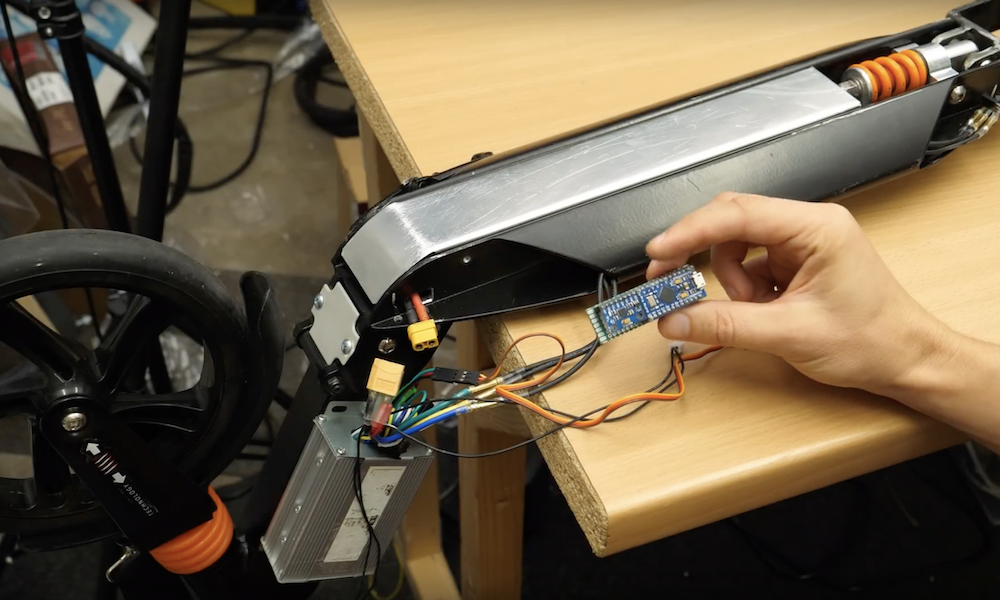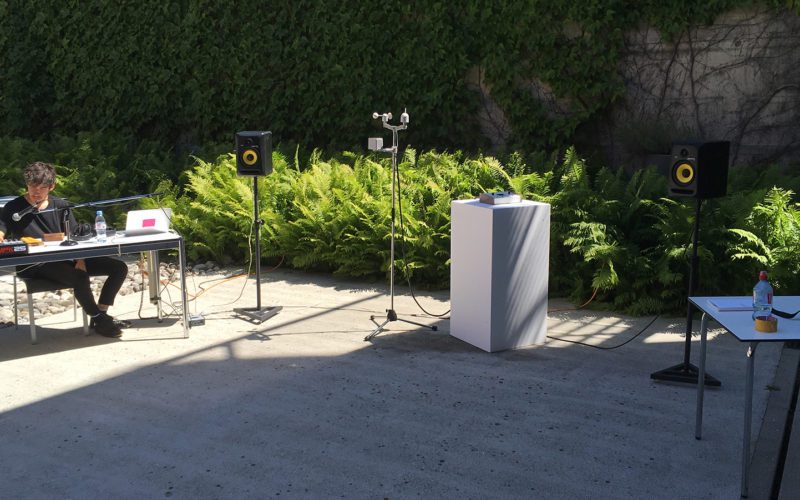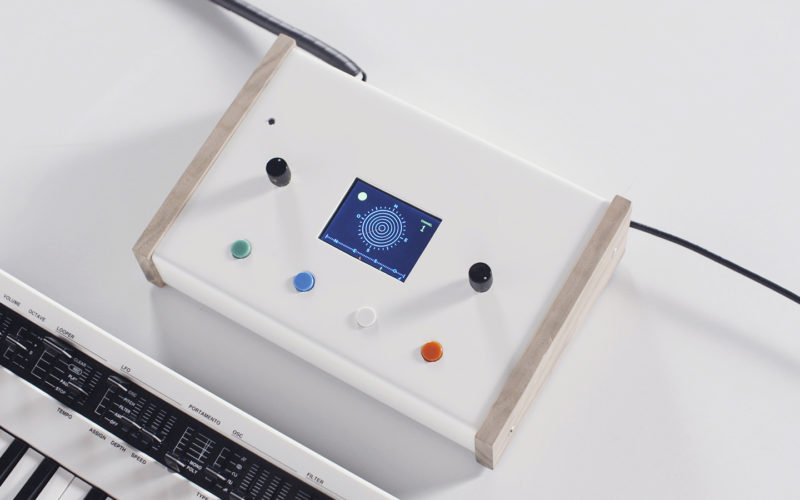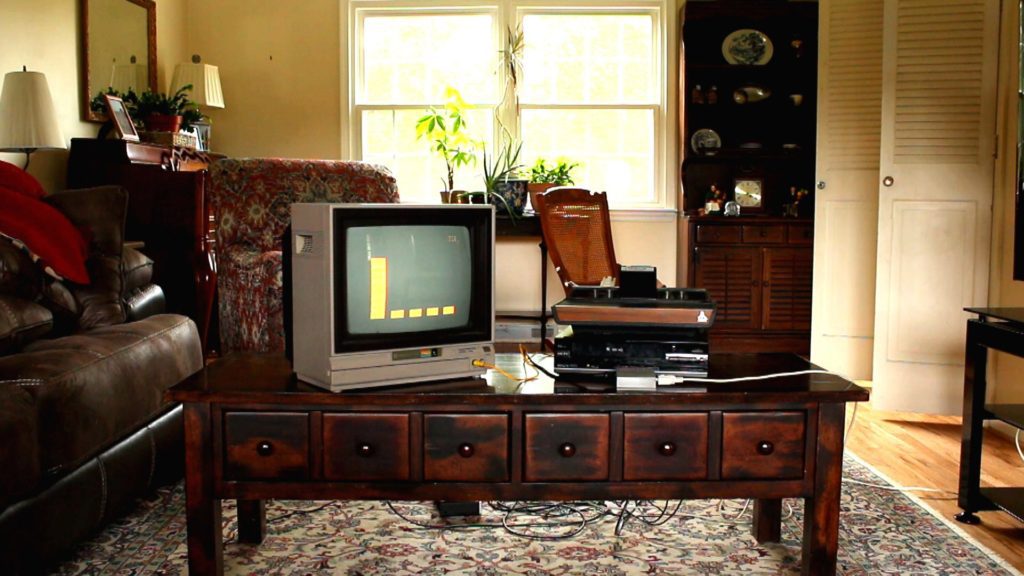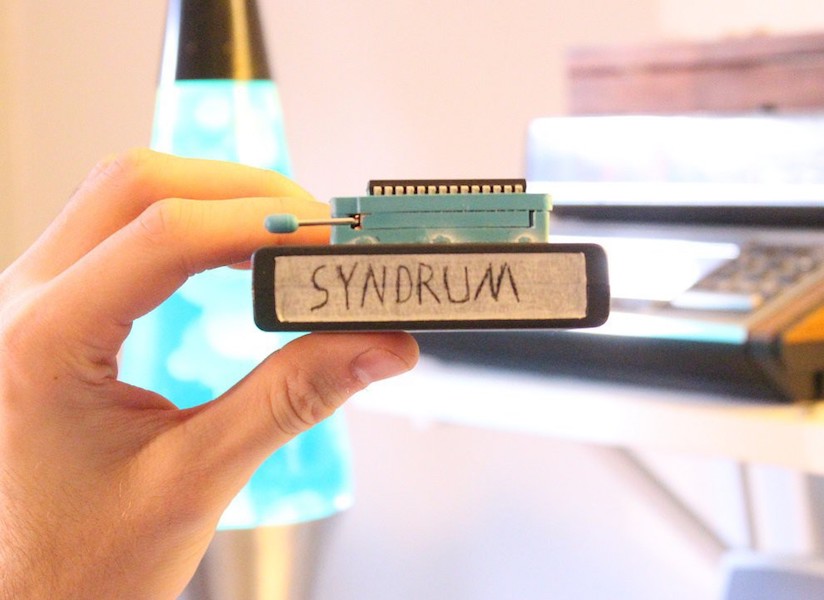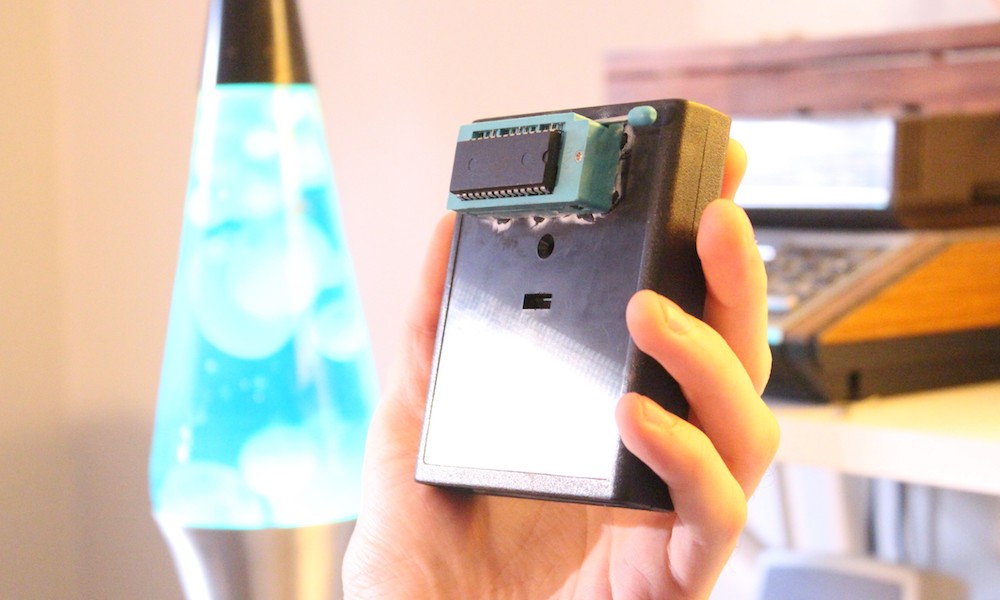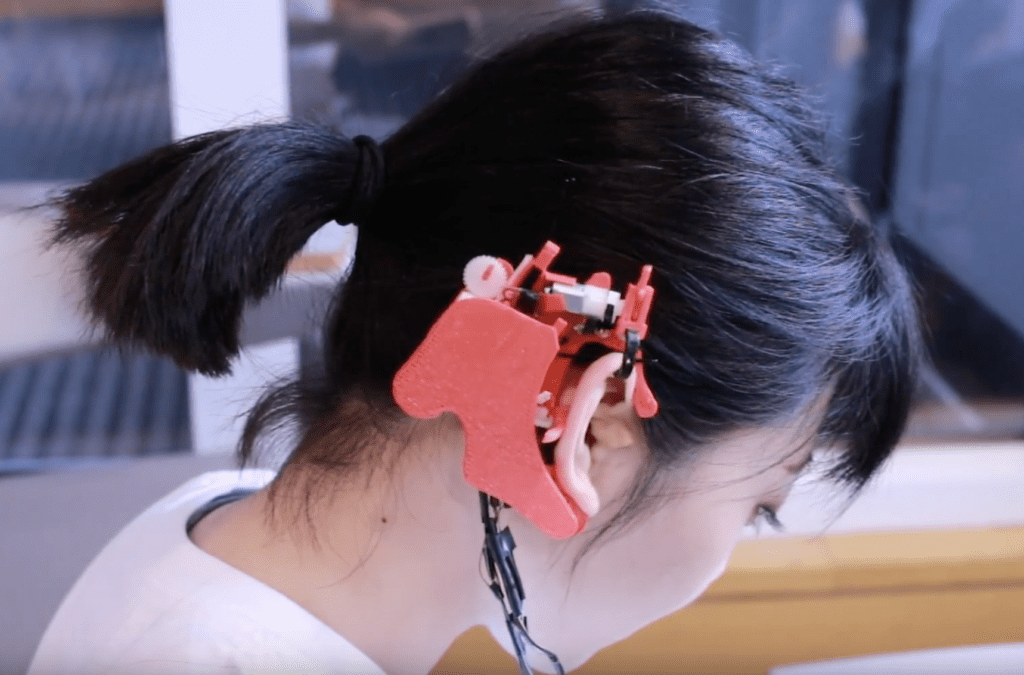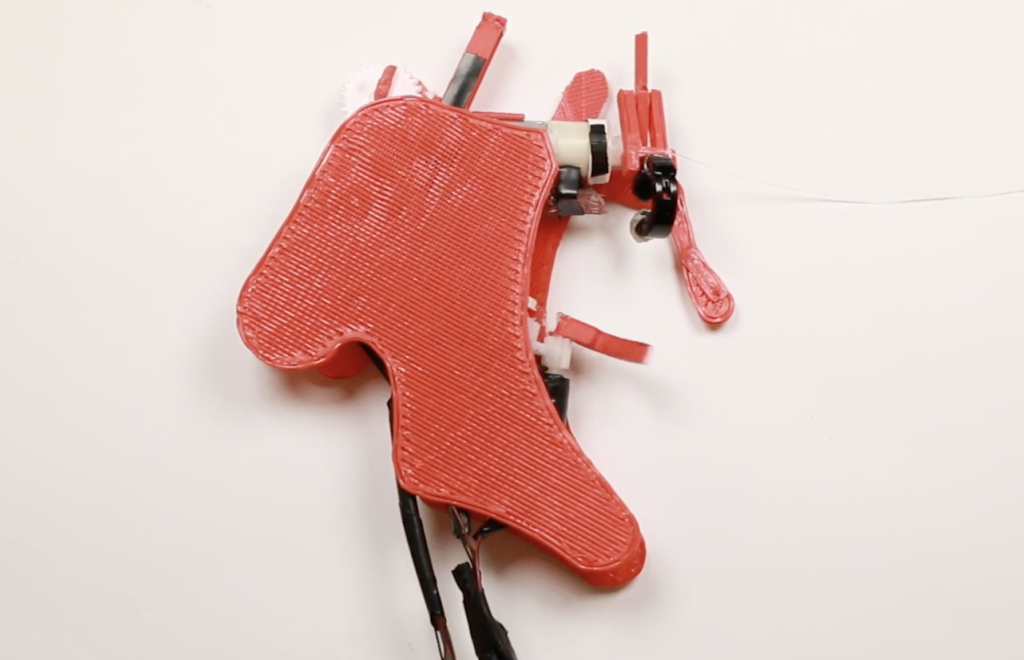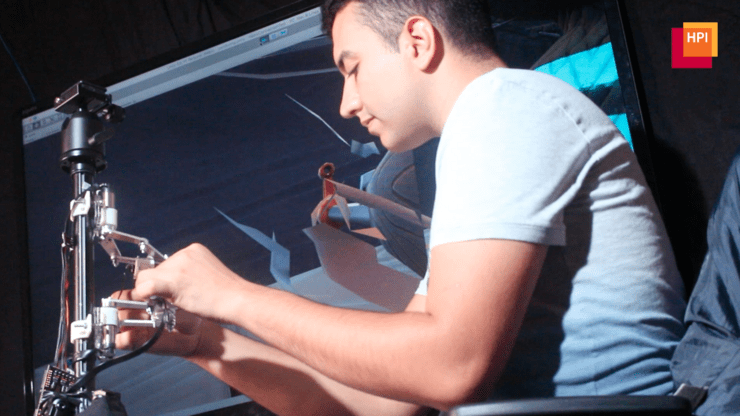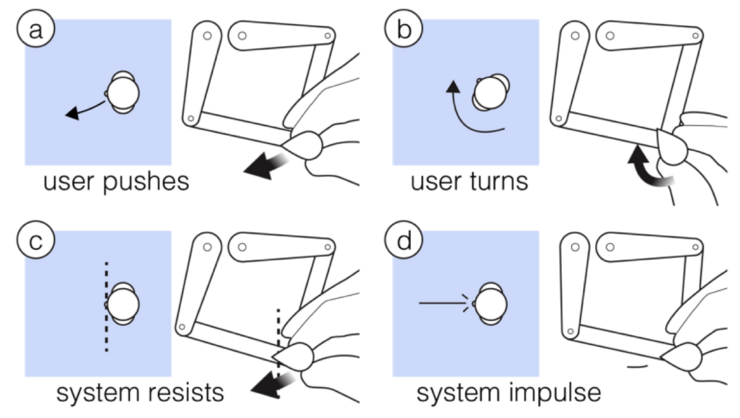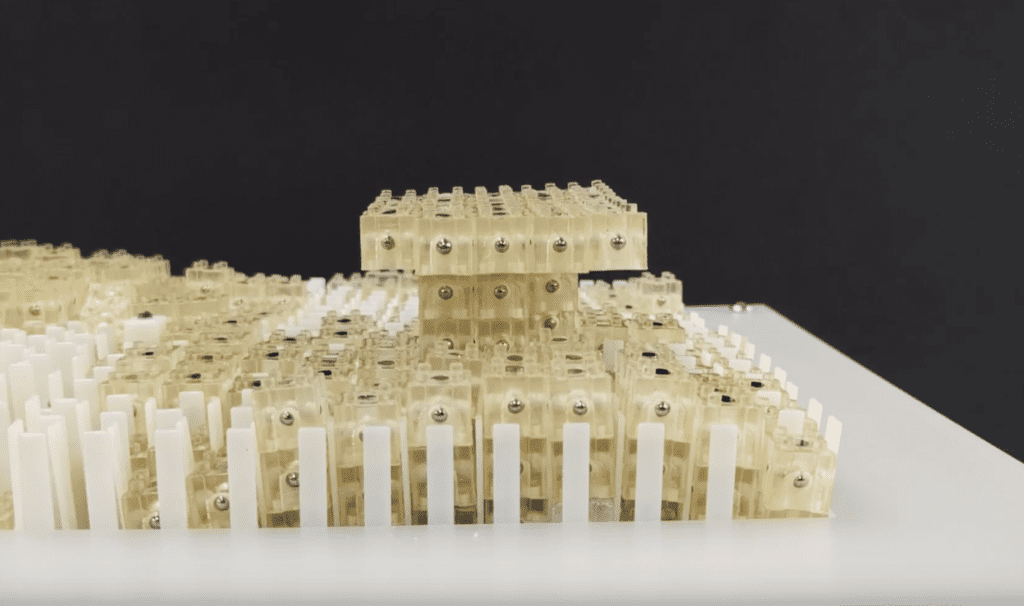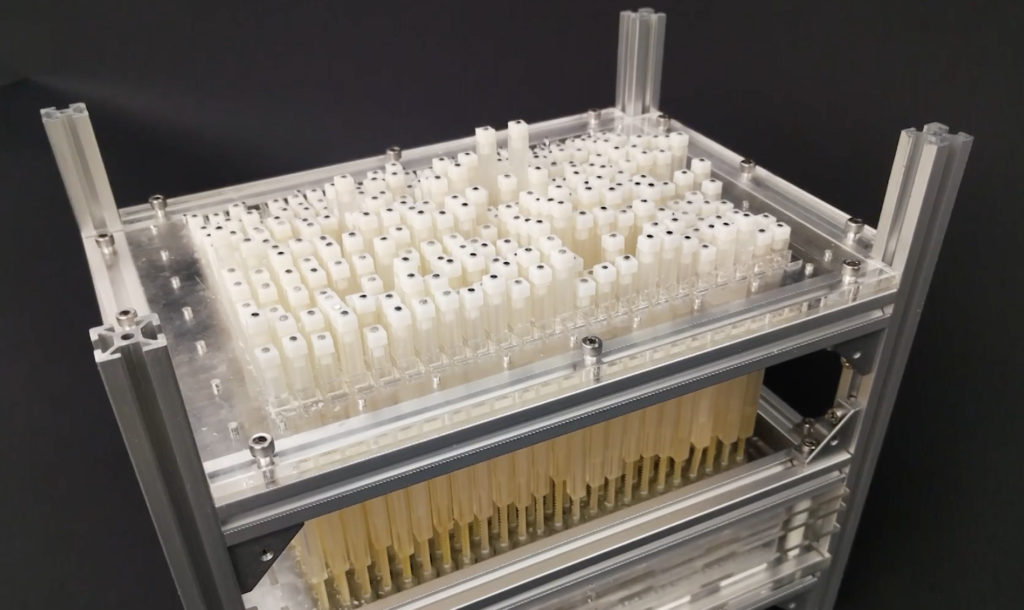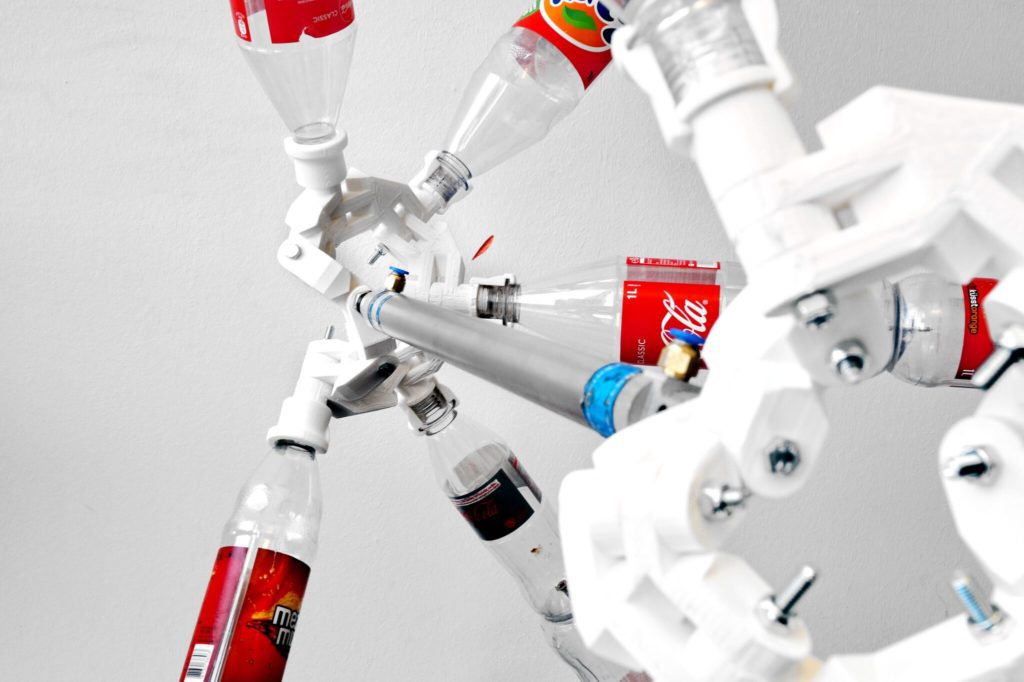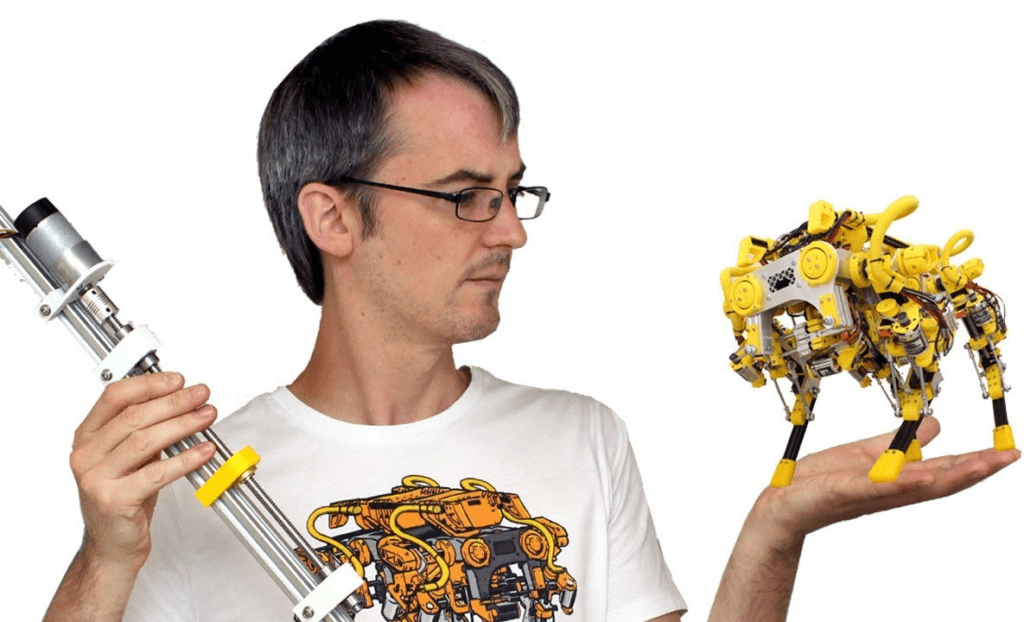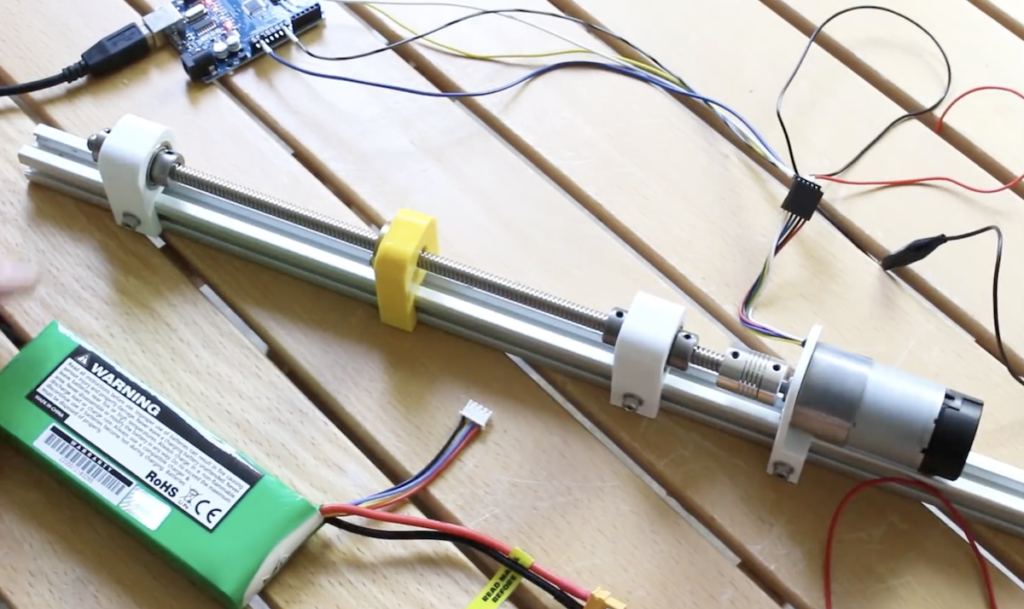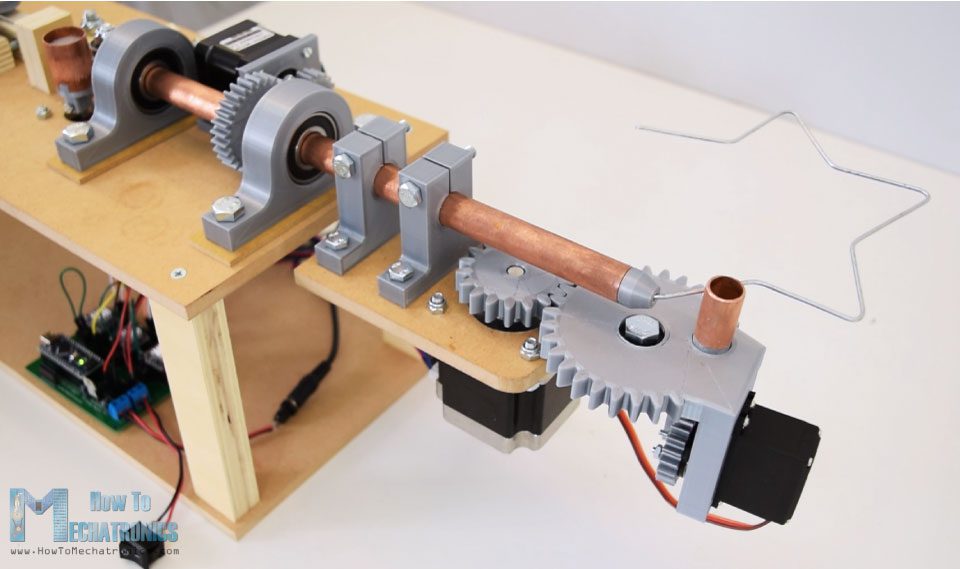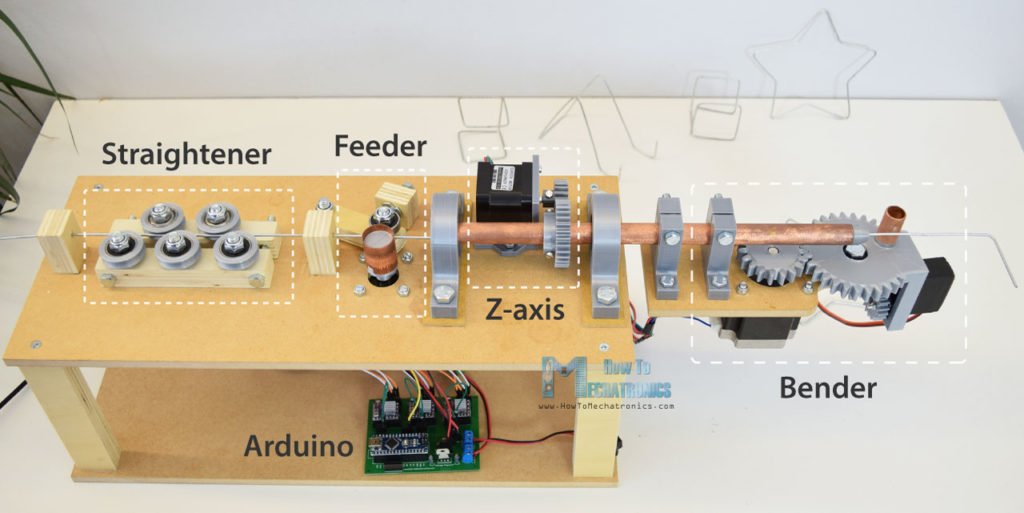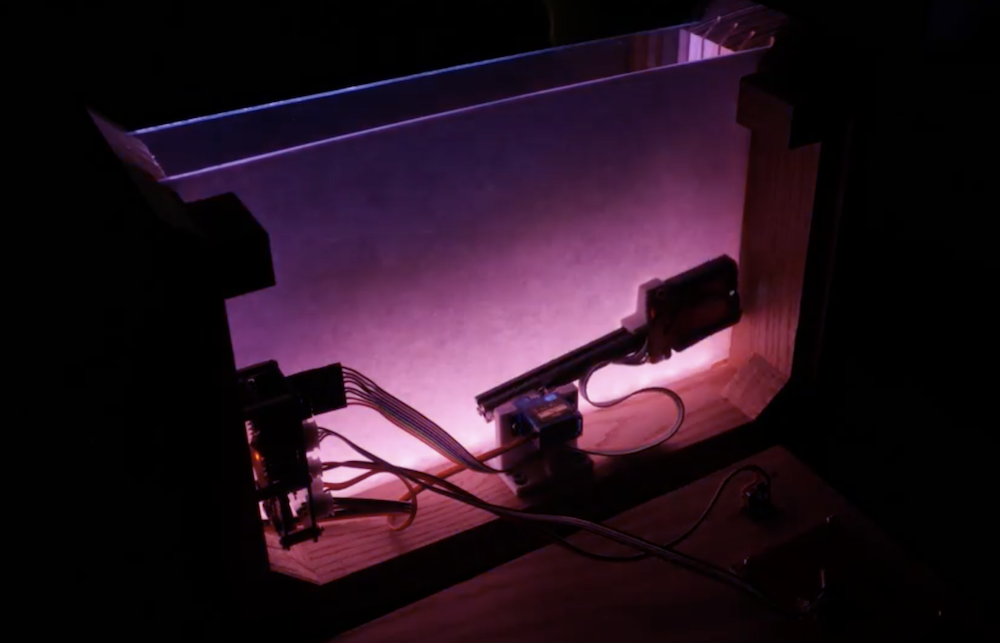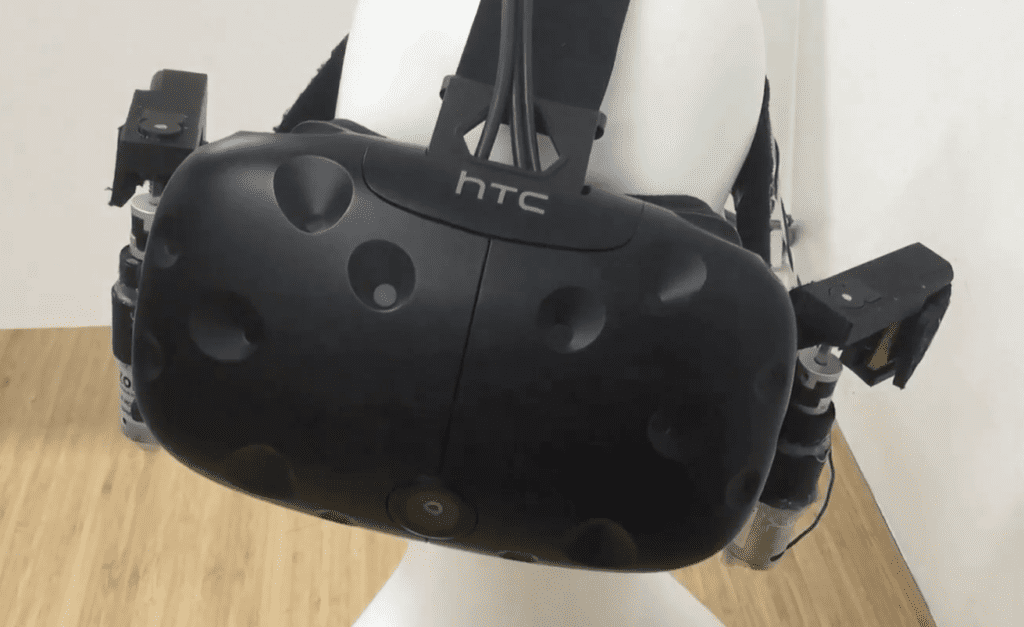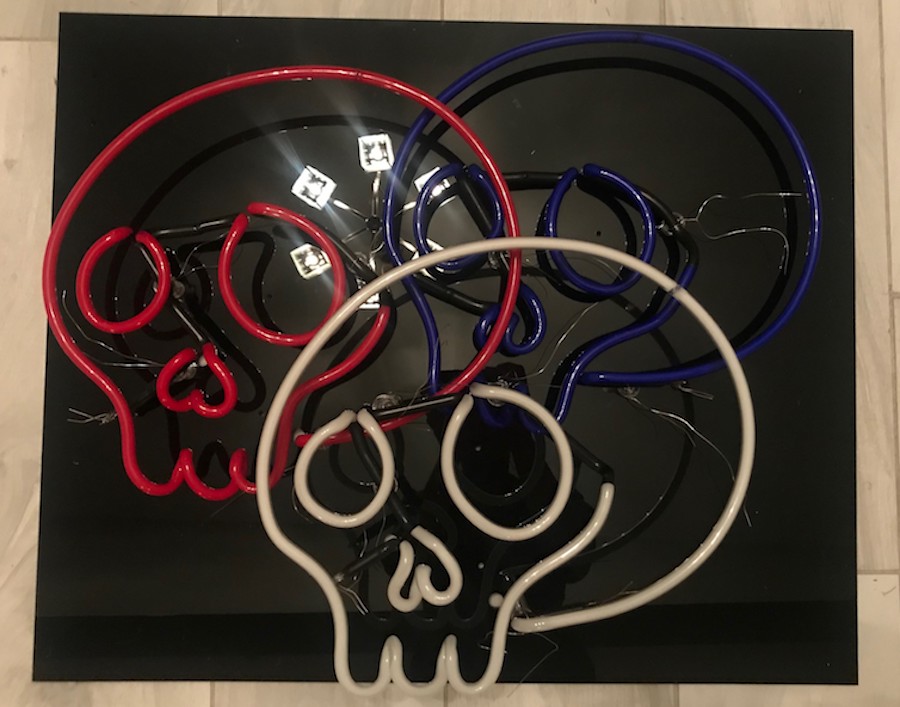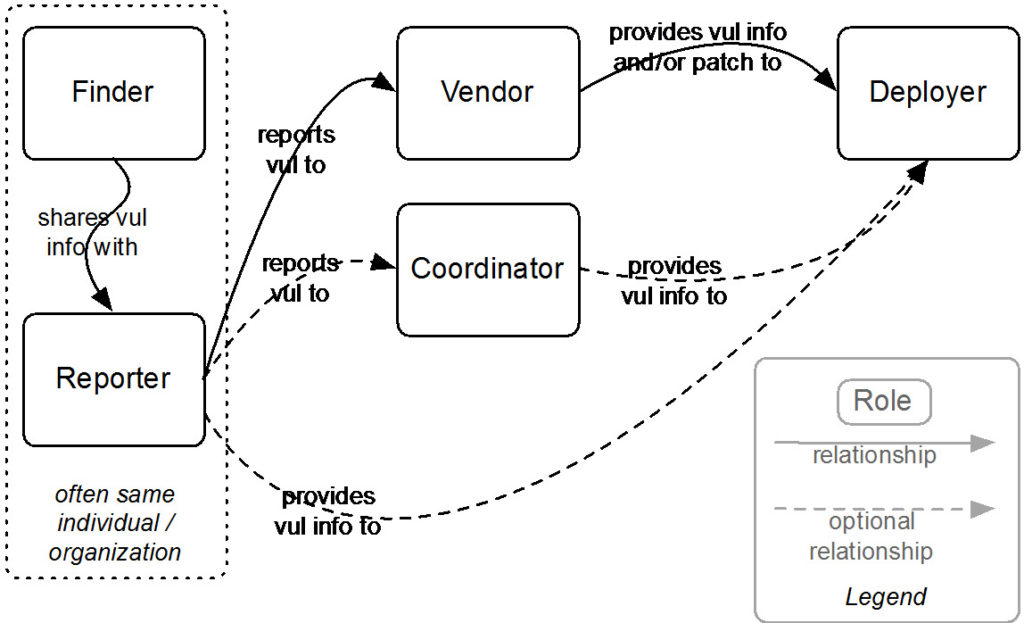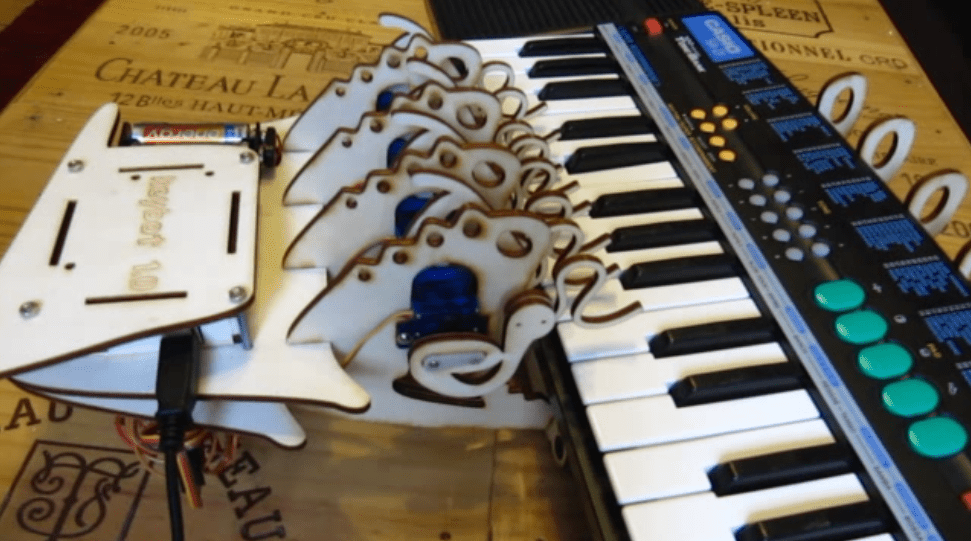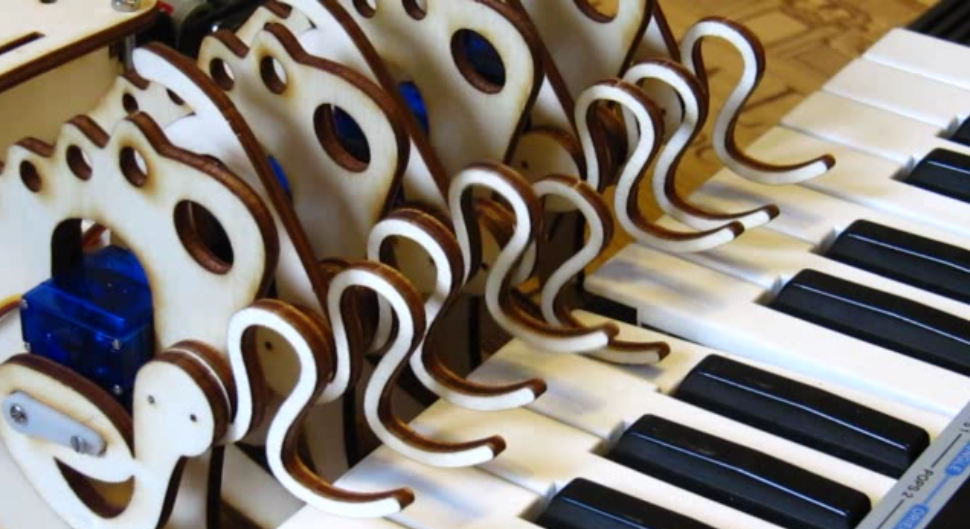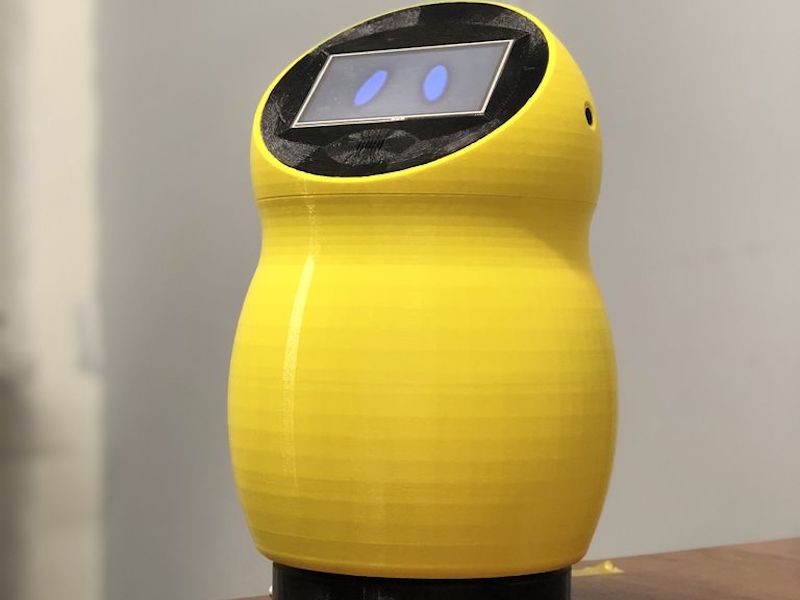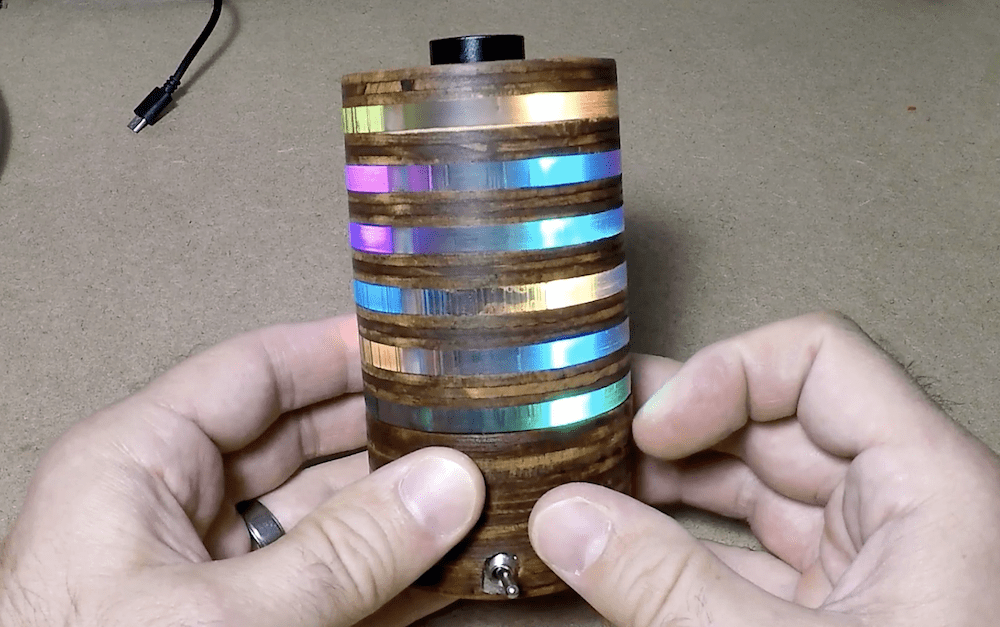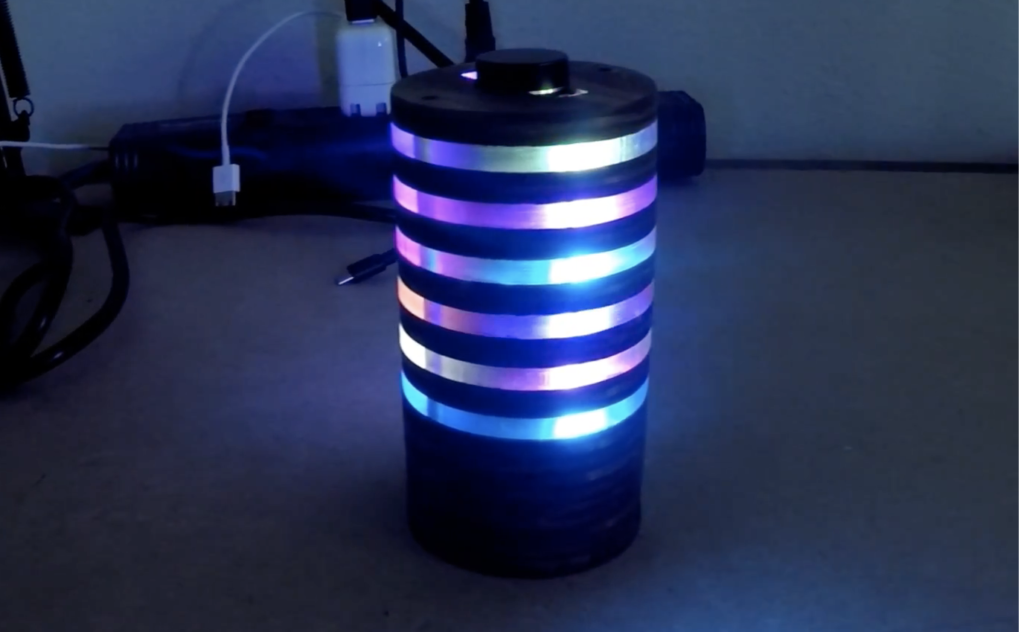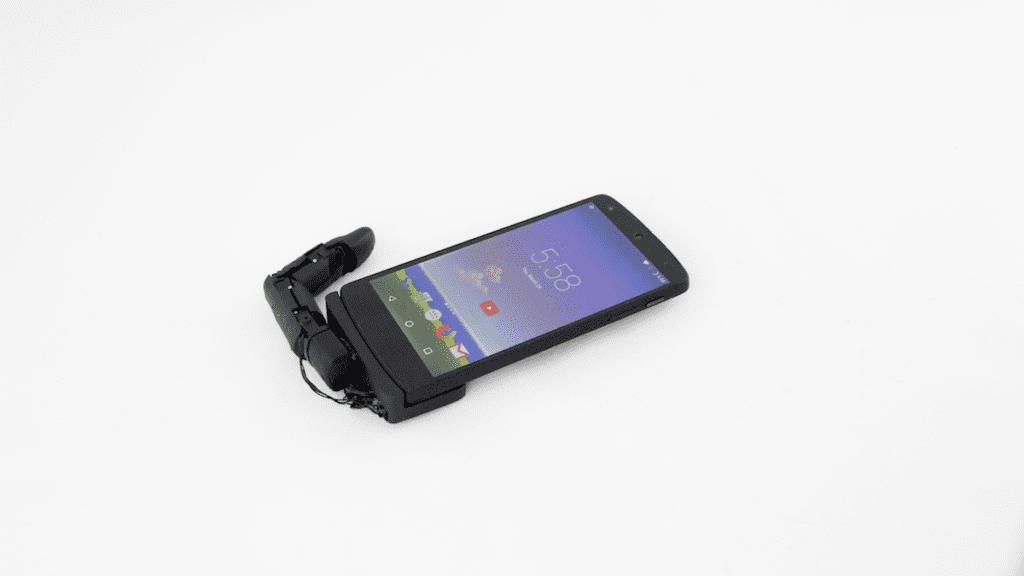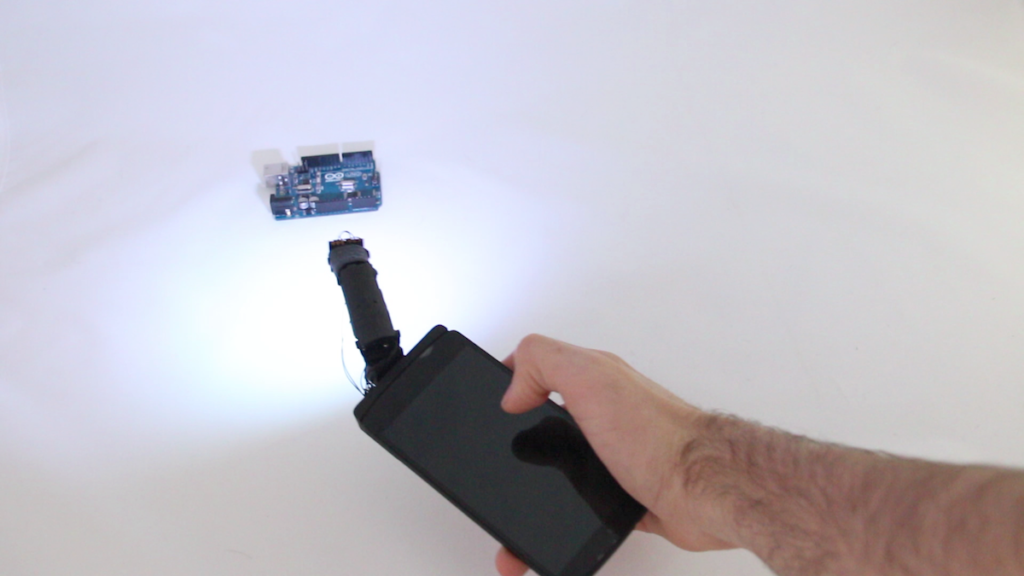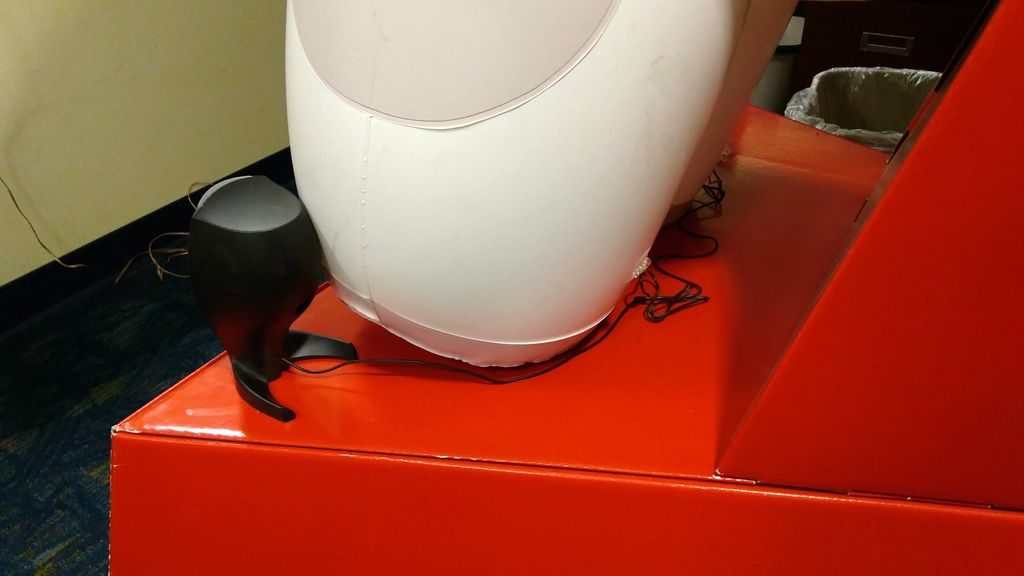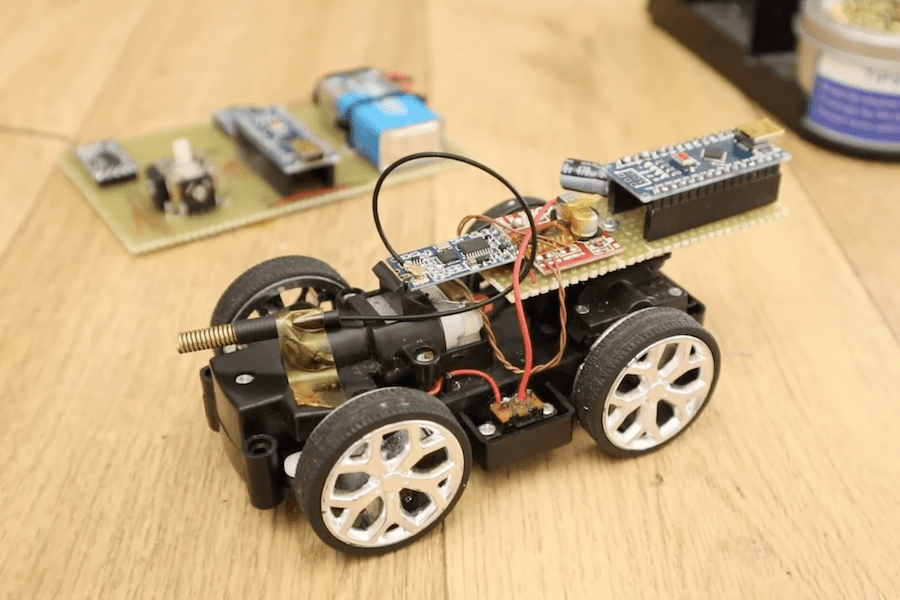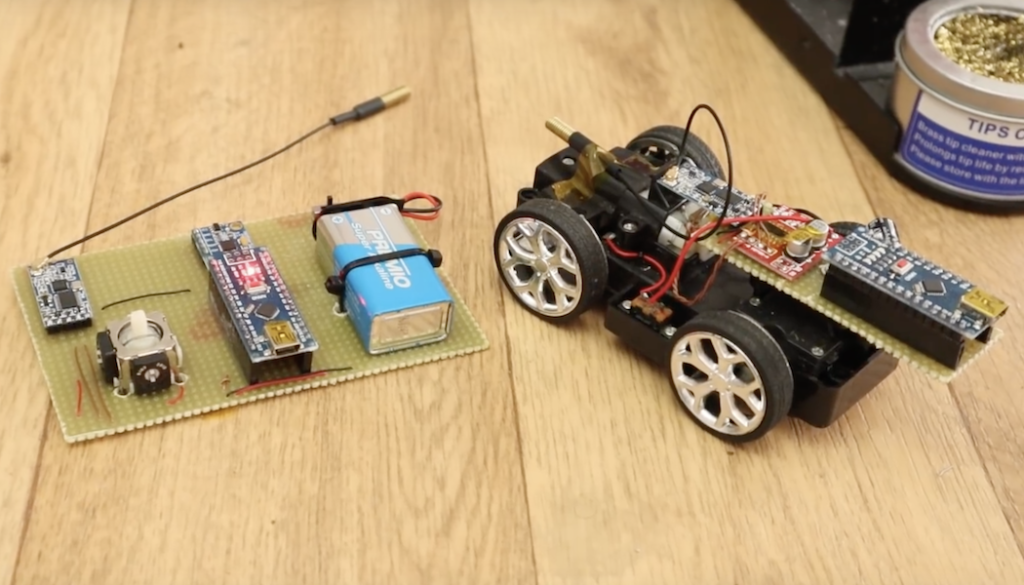Reading Time: 3 minutes
We’re just days away from Maker Faire Rome — The European Edition, where we will be partnering with Microchip in Pavilion 8. This year’s booth will be broken up into three areas:
- Education: The Arduino Education team will be exhibiting the flagship CTC 101 program and the Engineering Kit. Starting at 11am, there will be 15-minute demos every hour that address the ways Arduino can be implemented as a learning tool from primary schools all the way up to universities.
- Makers: We have been working on a pair of new projects to highlight the key specs and possible use cases of the Uno WiFI. Moreover, visitors will have the opportunity to meet the winner of the Arduino /Distrelec Robotics & Automation Contest.
- Internet of Things: This section will be focused around a smart greenhouse connected to the Arduino IoT Cloud, along with two demos of the MKR Vidor 4000. Finally, we will be showcasing some practical demos on how startups and companies have turned to Arduino to bring their products and services to market.
The Arduino booth will also include a special station dedicated to the Arduino Store, where will be giving away 500 discount vouchers for online purchases on a first come, first serve basis.
But that’s not all! Members of the Arduino team can be found throughout Maker Faire Rome’s program all weekend long. The schedule is as follows:
Friday, October 12th
10:30am: Opening Conference (Pavilion 10 – Room 1/Sala Alibrandi): Massimo Banzi, Arduino co-founder, will join Maker Faire’s opening conference ‘Groundbreakers: Pioneers of the Future’ with the talk Democratizing Industry 4.0. Register here.
2:30pm – 5:30pm (Room 17 SC3): Debugging with Arduino: A hands-on workshop with Microchip’s Wizard of Make, Bob Martin, and Arturo Guadalupi, Arduino Hardware Design Engineer, which will explore advanced debugging techniques for Arduino sketches. More info here.
2:30pm – 3:30pm (Pavilion 9 – Room 11): CTC: Bring Open-Source into Your Classroom: In partnership with Campus Store Academy, this informative workshop will walk you through implementing Arduino in the classroom with Arduino CTC 101. Register here.
Saturday, October 13th
11:30am – 12:30pm (Pavilion 7 – Room 7): Arduino MKR Vidor: Democratizing FPGA: Led by Martino Facchin, Arduino Senior HW Engineer, this session will discuss how the MKR Vidor combines the power and flexibility of an FPGA with the ease of use of Arduino. More info here.
11:45am – 12:45pm (Pavilion 9 – Room 11): In partnership with Campus Store Academy, this informative workshop will walk you through implementing Arduino in the classroom with Arduino CTC 101. Register here.
2:15pm – 3:15pm (Pavilion 7 – Room 7) Arduino IoT Cloud: The Internet of Things Revolution: Luca Cipriani, Arduino CIO, will focus on the potential of the Arduino IoT Cloud, the latest developments in the Arduino ecosystem, as well as how to build connected objects in a quick, easy, and secure manner. More info here.
4:15pm – 5:15pm ( Pavilion 9 – Room 13): Arduino Engineering Kit: Advanced Programming and Learning Applications: In collaboration with Campus Store Academy, this workshop is concentrated on helping tomorrow’s engineers approach mechatronics and automated control. Register here.
5:45pm – 6:45pm ( Pavilion 9 – Room 11): STEAM with Arduino: In collaboration with Campus Store Academy, this session will introduce you to the Arduino Starter Kit Classroom Pack and how Arduino is being used as a flexible learning tool. More info here.
Sunday, October 14th
2:45pm – 3:45pm: Shape Your Future with MATLAB and the Arduino Engineering Kit: In collaboration with the MathWorks team and Jose Garcia, HW Engineer at Arduino, this talk will feature live demos of a robot designed and controlled with Arduino and MATLAB. More info here.
4:15am – 5:45pm (Pavilion 9 – Room 11): CTC: Bring Open-Source into Your Classroom: In partnership with Campus Store Academy, this informative workshop will walk you through implementing Arduino in the classroom with Arduino CTC 101. Register here.
Want to learn more? The entire agenda and all other important information is available on Maker Faire Rome’s website. Planning to attend? Save on admission using the code: MFR18EBGMT.
You can follow any responses to this entry through the RSS 2.0 feed. You can leave a response, or trackback from your own site.
Website: LINK

